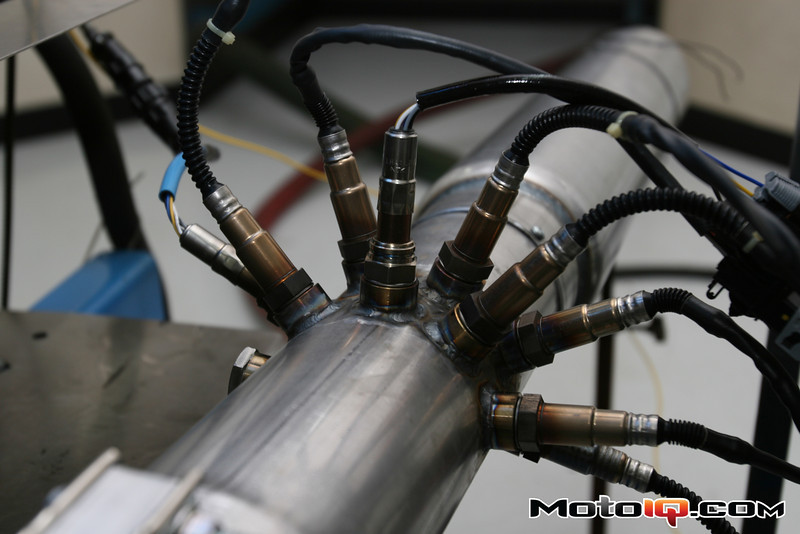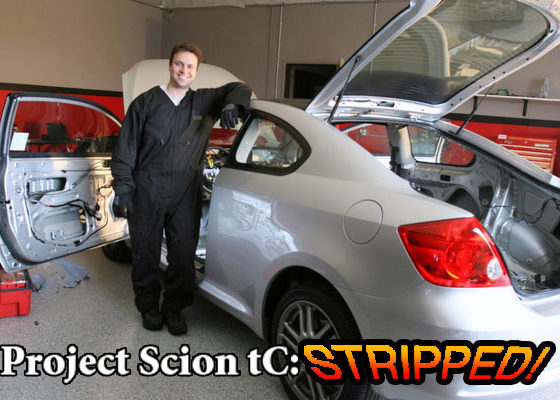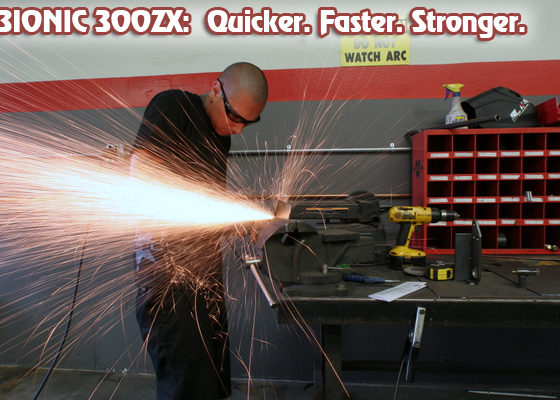,
As emission requirements tightened after the year 2000, with cars having to meet LEV and ULEV standards, just controlling the air fuel ratio at light throttle was not enough. The new tougher standards required computer control over a much wider operating range. The old narrow band O2 sensor was not up to this task. Soon cars became equipped with wide band O2 sensors and ran closed loop for much of the engines operating cycle all the way up to full throttle in some cases. Bosch was one of the first companies to come out with an aftermarket wide band O2 sensor, the LSU4. The modern Bosch LSU4 wide band O2 sensor is much more complex than a typical zirconium narrow band O2 sensor. A wideband sensor is known as a two cell type design. The first cell is a conventional narrow band heated zirconium sensor. This is combined with an electron pump cell consisting of a small chamber with platinum electrodes on the opposing walls with a small calibrated orifice leading to the exhaust gas. A catalytic reaction inside the pump cell between cell’s platinum electrodes and the exhaust gas can use up either free oxygen in the exhaust gasses or consume excess hydrocarbons present in the exhaust within the pump cell.
Below is a cutaway of a Bosch LSU4 wideband 02 sensor. The pump cell is within the red oval. It is basically a small ceramic cube only about 4mm in size located in the tip of the sensor. The zirconia sensing element with its needed access to free air is slightly above this.
 |
| The pump cell of this Bosch LSU4 wideband O2 sensor is located inside the red circle |
During normal sensor operation the exhaust gas passes through the orifice into the pump cell. The exhaust gas is rich or lean over stoichiometric and either state is sensed by the zirconia narrow band sensor which produces a voltage above or below .45 volts. A rich exhaust will produce a high voltage and the sensors electronic controller produces a pump current to one of the pump chambers platinum electrodes to instigate a catalytic reaction to consume the free fuel. A lean exhaust produces a low voltage and the controller sends the pump current to the opposite electrode to catalytically consume the free oxygen in the pump chamber.
When the free oxygen or free fuel has been used up in the pump cell, the voltage feedback signal from the zirconia reference sensor returns again to around .45 volts. The pump current, which is a measure of the number of electrons used in the chemical reaction to neutralize the contents of the pump cell required to produce this equilibrium is a measure of the air fuel ratio. The wide band O2 sensors control unit converts the equilibrium voltage signal to a linear voltage output which is what the engines ECU or your wideband air fuel ratio meter reads. The workings of the control unit which controls the O2sensors heater and pump current is critical for the accuracy of the sensor.
In years prior, expensive circuitry was required in wide band air fuel ratio meters to help calibrate the differences caused by manufacturing variance from sensor to sensor. In the LSU4 sensor Bosch was able to get around this issue by adding a calibration resistor to the output of the sensors pump cell. The resistor basically is a “gain” control. It standardizes the sensors so the controller reads the same “apparent” pump current for Lambda 1.7 which is an air fuel ratio 25:1 in standard atmospheric pressure when new. It does not compensate for differences in sensor curve which are small enough for OEM applications. During manufacturing calibration, the sensors pump current output voltage is tested and a laser trims the resistor to the value needed to provide a standard output voltage which is consistent on every Bosch LSU4. The calibration resistor is show in the diagram below as the rectangle marked RCal. Thus Bosch calibrates the sensor to the electronics instead of the prior vice versa. This is one of the breakthroughs which helps make the new generation of wide band air fuel ratio meters affordable.



